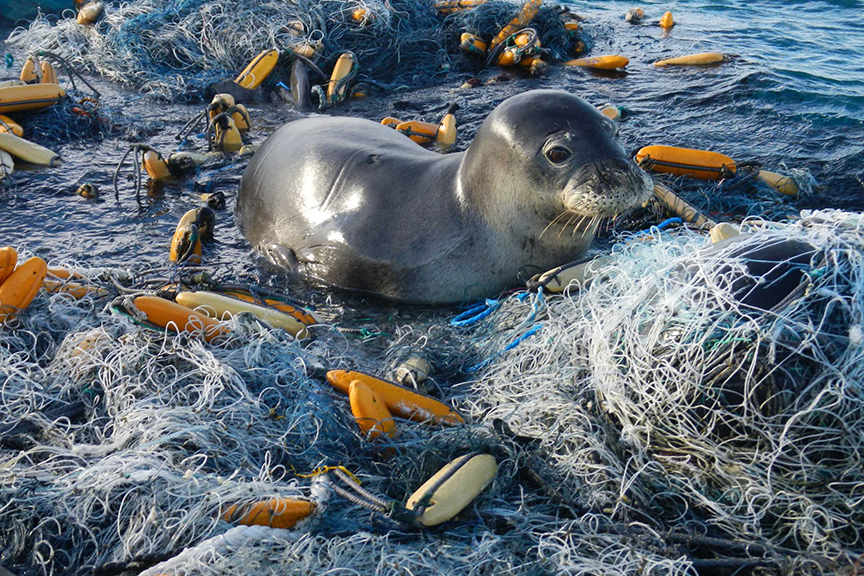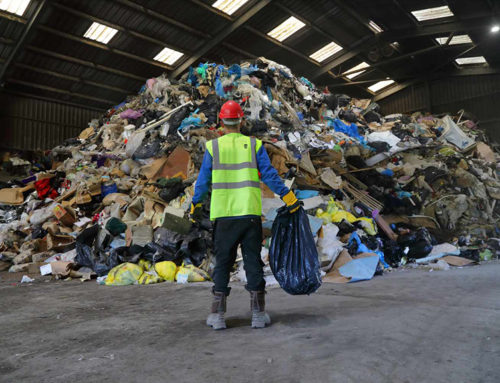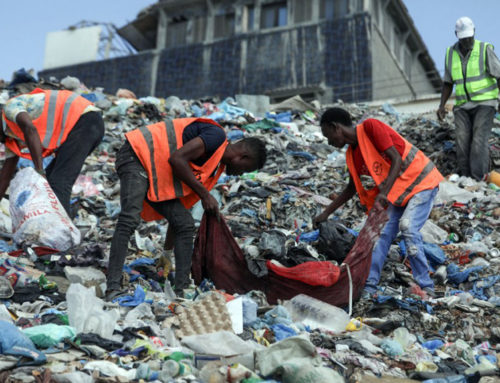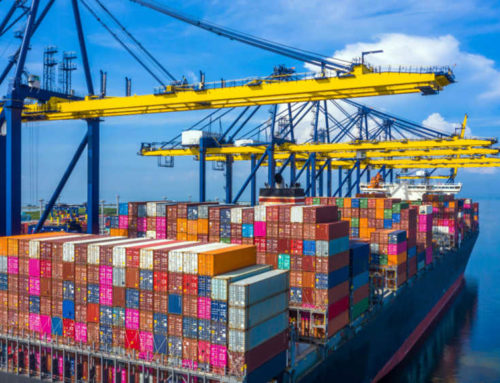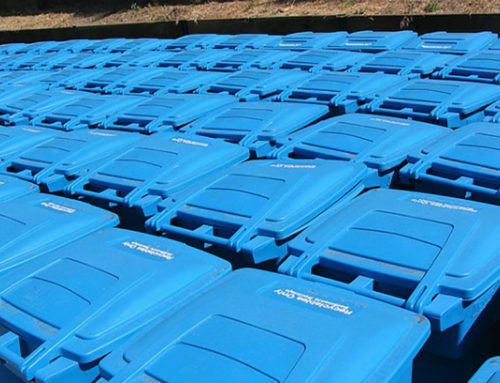The story of plastic pollution is a global one, stretching from bustling city streets to remote ocean depths. While we often notice plastic waste in our everyday surroundings, its journey doesn’t end there. Plastic, especially single-use items, is part of a much larger environmental cycle that affects our rivers, oceans, and ecosystems in profound ways. Understanding this journey can shed light on why plastic pollution is one of the most pressing environmental issues we face today.
The Start of the Journey: How Plastic Litter Moves from Land to Water
Every year, an astonishing eight million metric tons of plastic find their way into the world’s waterways. Much of this journey begins with everyday litter on city streets, parks, or beaches. When plastic waste is discarded improperly, it’s at the mercy of nature’s elements. Rain, wind, and even runoff from urban areas can quickly transport plastic waste to storm drains, small streams, and rivers.
Storm drains, designed to carry rainwater away from urban areas, often become unintended conduits for plastic debris. Unlike regular garbage disposal systems, storm drains rarely have filters to catch debris. As a result, any plastic waste entering these drains is quickly swept toward larger water systems. With each rainfall, plastic travels downstream, entering rivers, then lakes, and finally, the ocean.
Rivers as Highways of Plastic Pollution
Rivers play a major role in the movement of plastic waste. Acting as “superhighways” for pollution, rivers collect waste from urban, suburban, and rural areas alike, carrying plastic debris downstream. In regions with limited waste management infrastructure, rivers may serve as dumping grounds for all types of trash, including plastic. Once in the water, plastic can travel hundreds, sometimes thousands, of miles, crossing national boundaries and affecting ecosystems far from its source.
Research has shown that just 10 rivers contribute nearly 90% of the plastic that reaches the ocean, with many of these rivers located in densely populated regions of Asia and Africa. While these waterways carry significant pollution, plastic waste from all over the world contributes to the problem, including waste from high-income countries that export trash to these regions for processing.
The Ocean’s Plastic Gyres: Floating “Islands” of Waste
Once plastic reaches the ocean, its journey doesn’t end—it simply transforms. Ocean currents create massive gyres, or circular flow patterns, that trap plastic in specific areas. The most infamous of these is the Great Pacific Garbage Patch, a massive floating accumulation of plastic and debris that spans an area larger than Texas.
These so-called “plastic islands” aren’t solid land masses but vast zones where plastic particles and larger debris circulate. As sunlight, saltwater, and wave action break down these plastics, they disintegrate into smaller pieces called microplastics, which are nearly impossible to remove from the water. The particles float indefinitely, creating a “plastic soup” that poses a serious threat to marine ecosystems. These microplastics not only persist in the environment but also enter the food chain, affecting marine life and, eventually, human health.
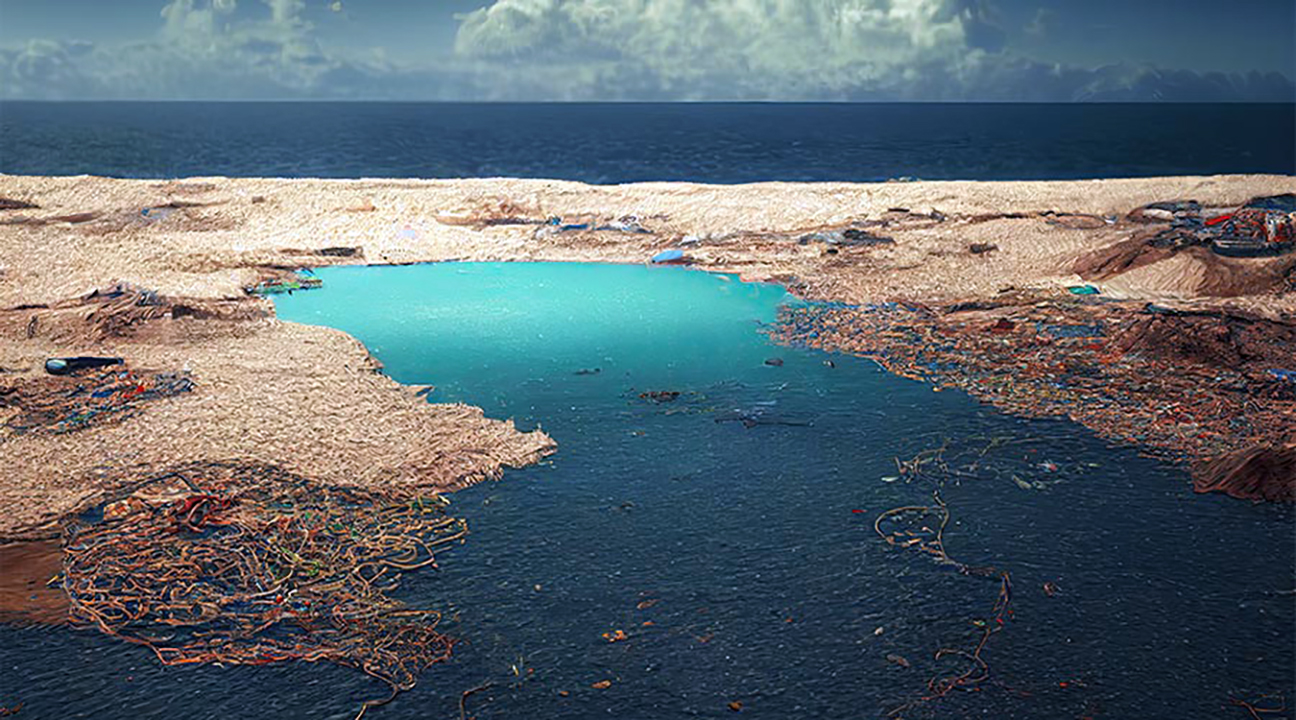
The Environmental Toll: Impact on Marine Life and Biodiversity
The journey of plastic pollution brings devastation to marine life. Larger pieces of plastic, such as bags or fishing nets, can entangle marine animals, restricting their movement and leading to injury or death. Meanwhile, smaller pieces, including microplastics, are mistaken for food by marine animals, from fish and seabirds to turtles. When ingested, these plastics can cause internal injuries, malnutrition, and even starvation, as the animals feel “full” but receive no nutritional value from the plastic.
More than 1,500 marine species have been documented ingesting plastic, a number that only continues to grow. Plastic pollution doesn’t just harm individual species—it disrupts entire ecosystems. Coral reefs, for example, suffer when plastic blocks sunlight or brings pathogens that spread disease. In coastal communities dependent on fishing or tourism, plastic pollution impacts local economies and livelihoods, underscoring the far-reaching consequences of this global crisis.
Why the Plastic Cycle Persists
The cycle of plastic from streets to seas continues largely because single-use plastics are cheap to produce and convenient for consumers. Major corporations favor plastic for packaging because it’s lightweight, durable, and cost-effective. However, the majority of these plastics are designed for single use, intended to be discarded immediately after use. The convenience of plastic has led to a “throwaway culture,” where items meant for short-term use persist in the environment for hundreds of years.
Adding to the problem is the fact that recycling systems around the world struggle to keep up with the volume of plastic waste produced. In reality, only about 9% of the world’s plastic is successfully recycled. Many types of plastic aren’t recyclable at all, and even recyclable plastics are often contaminated, making them unsuitable for processing. This gap in the recycling system means that a significant portion of plastic waste ends up in landfills, rivers, and oceans.
Breaking the Plastic Pathway: A Call for Global Action
Plastic pollution is a complex issue, but it’s one that we can address through coordinated action. Breaking the pathway of plastic pollution from streets to seas requires a multi-pronged approach. Reducing single-use plastics, implementing better waste management infrastructure, and encouraging global policies that promote sustainability are all essential.
Consumers can play a role by making mindful choices to reduce plastic use, supporting companies that prioritize sustainable packaging, and advocating for policies that hold manufacturers accountable for plastic waste. Governments and corporations must also take responsibility by investing in recycling technologies, promoting alternatives to single-use plastics, and establishing stricter regulations on plastic production and disposal.
The journey of plastic pollution may seem inevitable, but with concerted global action, we can change its course. By understanding how plastic travels from streets to seas, we gain a clearer picture of why this problem demands urgent attention. Together, we can create a cleaner, healthier future for our planet and protect the ecosystems that sustain life on Earth.

